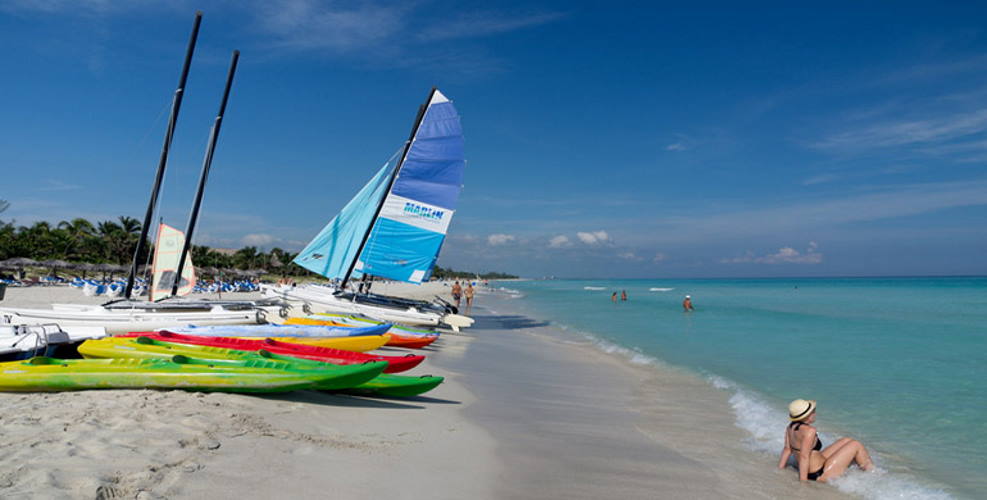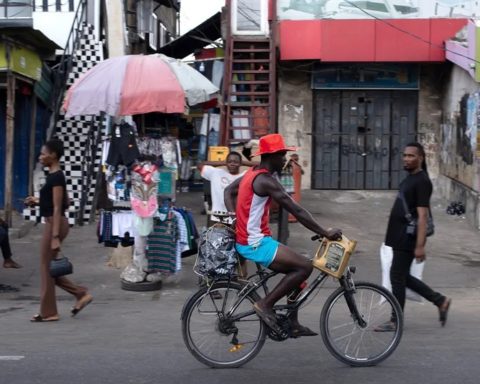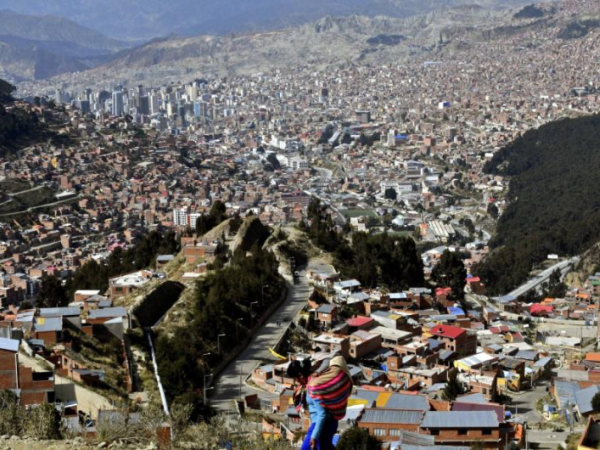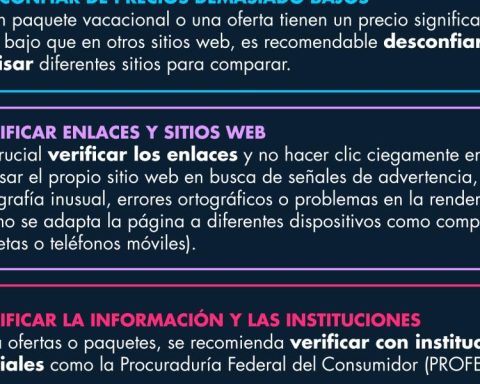AREQUIPA, Peru – The Ministry of Science, Technology and Environment (Citma) together with the Cuban government, published new regulations for the protection of beaches with the aim of preventing their contamination and achieving sustainable use of these spaces.
According to the state pressthe head of the Department of Environmental Policy Instruments of the Citma delegation in Ciego de Ávila, Tania Delgado, pointed out that enjoying bathing areas requires responsibility, so it is necessary to know the harmful effects of dumping waste on the environment, especially plastic items, which are so damaging to marine-coastal ecosystems and life on the planet.
According to the United Nations Environment Programme (UNEP), by 2050 there will be more plastic floating in the oceans than fish, as between 19 and 23 million tons of this type of waste end up in seas, lakes and rivers every year.
With the new regulations, the Cuban regime also ensures that bathers assume responsible behaviors that safeguard one of the most important resources for the pocket of the castrist dome: the beaches of tourism.
One of the main natural attractions of the Jardines del Rey tourist destination is its beaches, so it is important that bathers become aware of their care and protection, said the expert.
In this regard, several hotels in the northern cays of Ciego de Ávila contribute to the sustainable development of tourism and work to eliminate single-use plastic items, replacing them with biodegradable ones or those made of durable and reusable materials.
Around 38 kilometers of paradise shores They surround Cayos Coco, Guillermo, Paredón Grande and Antón Chico, most of which are in a natural state and have very peculiar characteristics.
“These natural spaces, in addition to exhibiting beautiful, well-preserved seabeds, allow visitors to observe a wide range of typical birds that spend the night in the area,” says the official Prensa Latina.
For this reason, the report indicates, in this tourist region in the north of Ciego de Ávila, conditions have been created to preserve ecosystems, including its flora and fauna, such as: the rehabilitation of coastal dunes, the planting of native plants and the elimination of invasive species, actions that will help mitigate the effects of climate change.
Political strategy versus tourist reality
Despite the strategies and regulations of Castroism, Cuba received a total of 1,680,485 visitors during the first half of 2024, according to official figures from the National Office of Statistics and Information (ONEI).
Although this number represents an increase of 101.1% compared to the previous year, it barely reflects an increase of 0.9% compared to the same period in 2023. This figure shows that the Cuban tourism sector is still far from achieving the regime’s goal of attracting 3.2 million tourists in 2024.
The negative trend has continued, with the third consecutive month of decline in the arrival of visitors international. Last June, only 134,948 tourists visited the island, compared to 154,590 in the same month last year.
To reverse this negative trend, the Ministry of Tourism is focusing on improving direct air connections to the Island. In contrast, Caribbean tourist destinations such as Punta Cana and Cancun have experienced a significant rebound in the number of visitors post-pandemic, reaching historic levels.
















